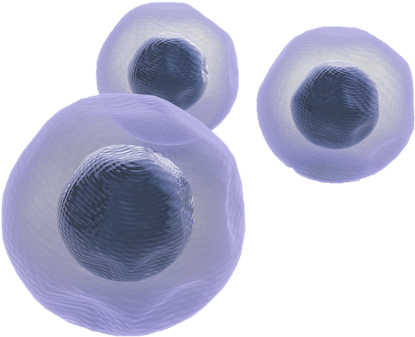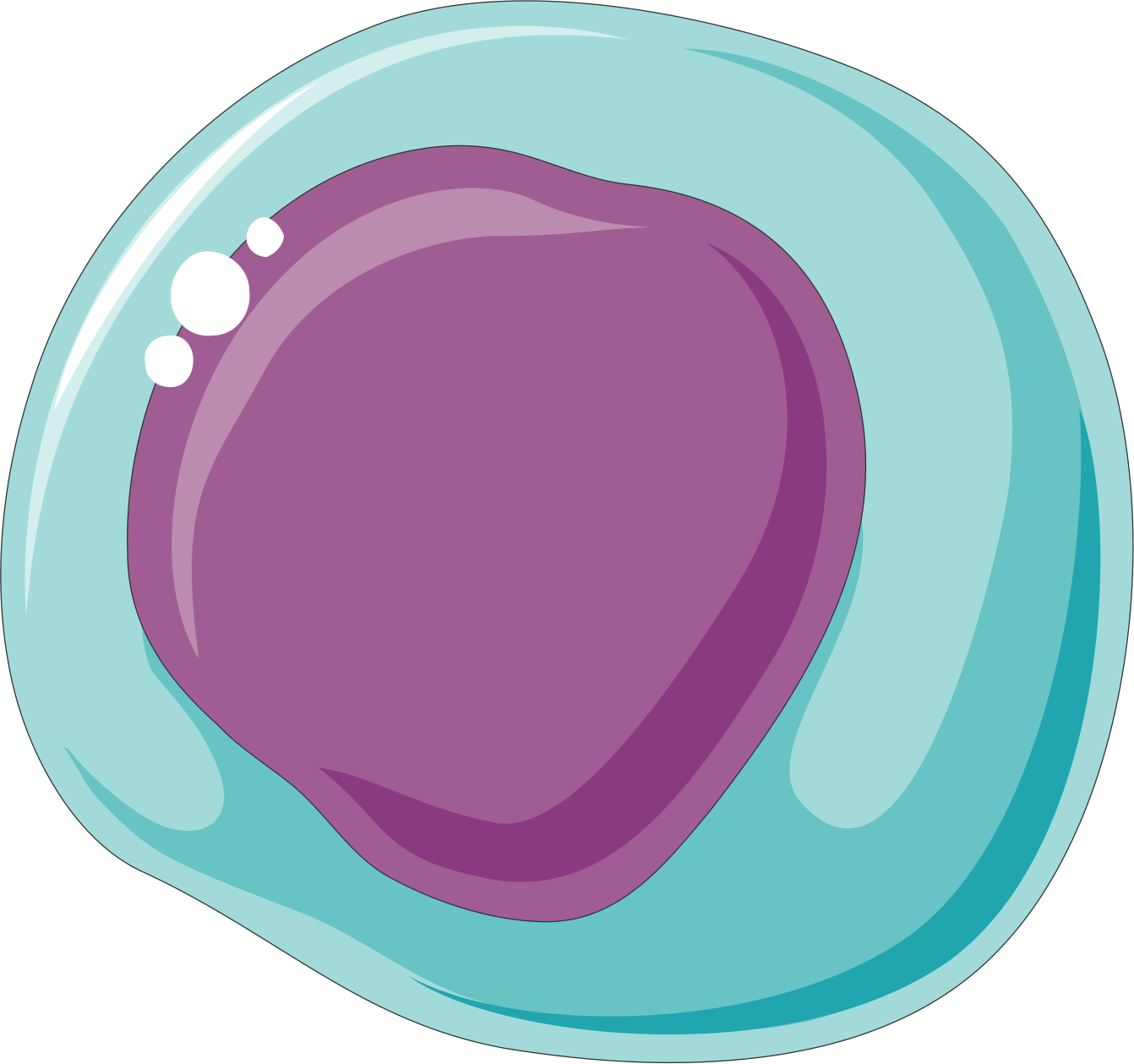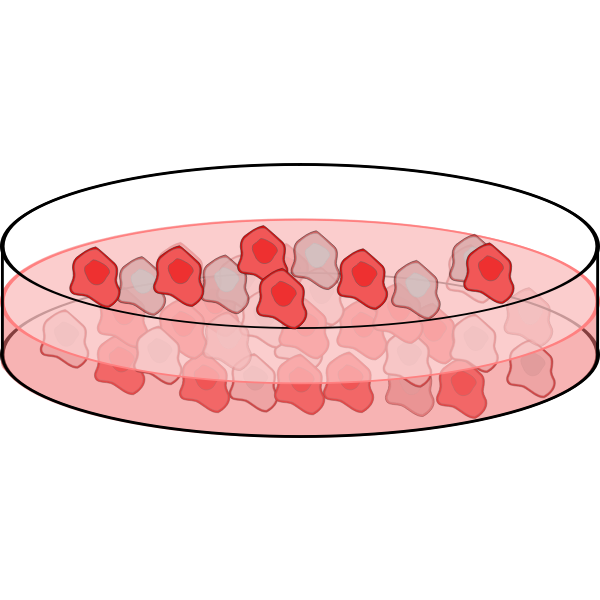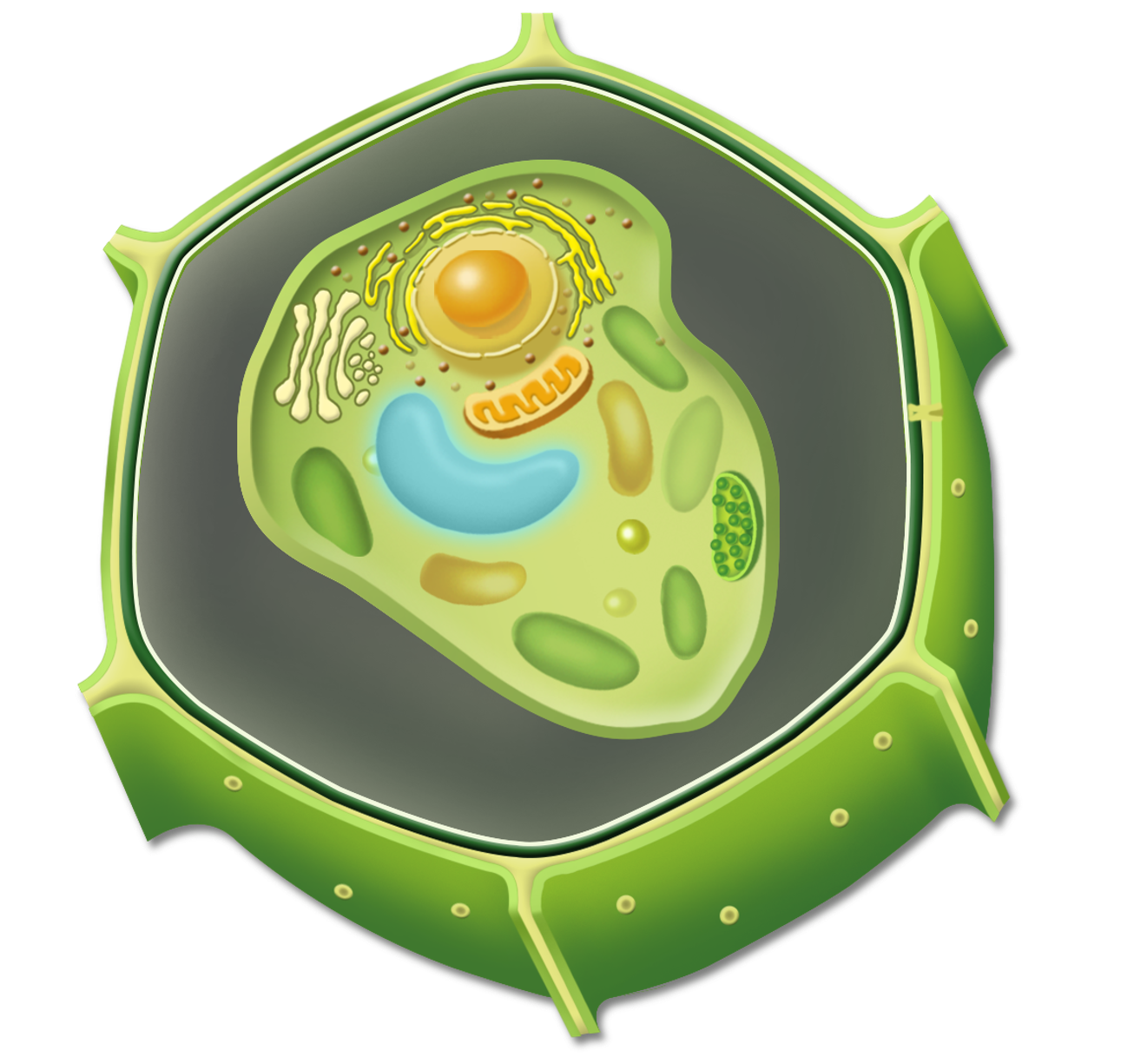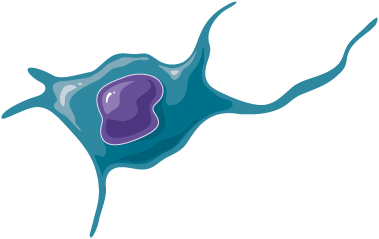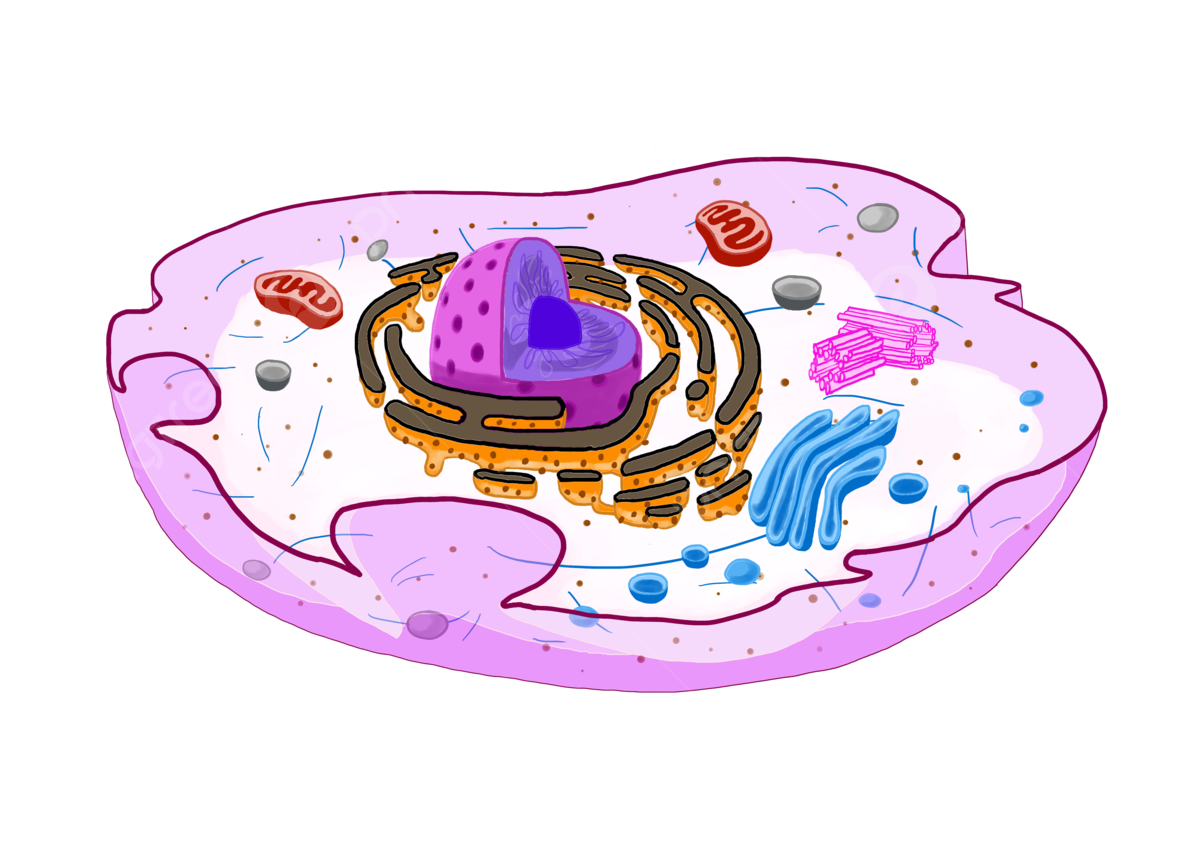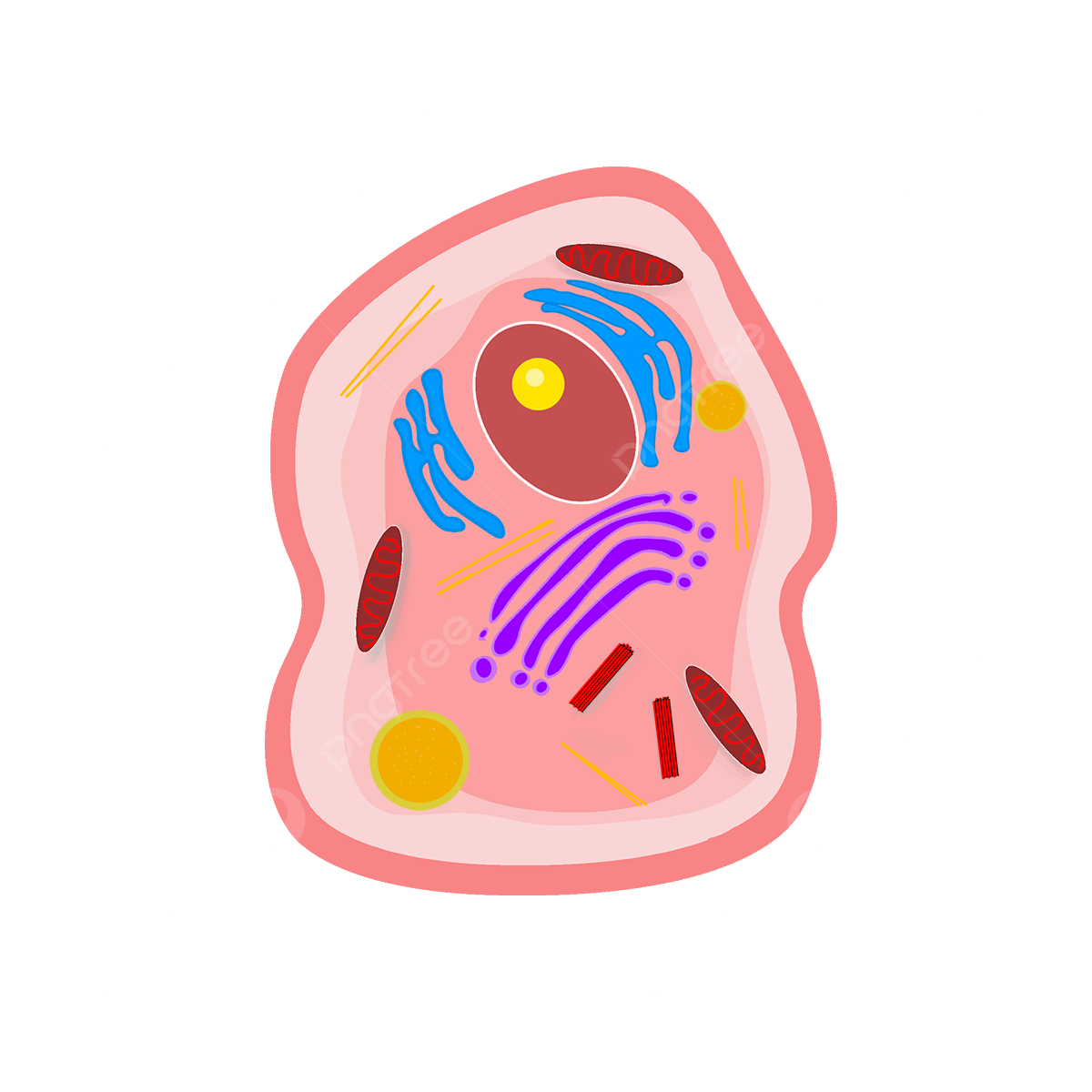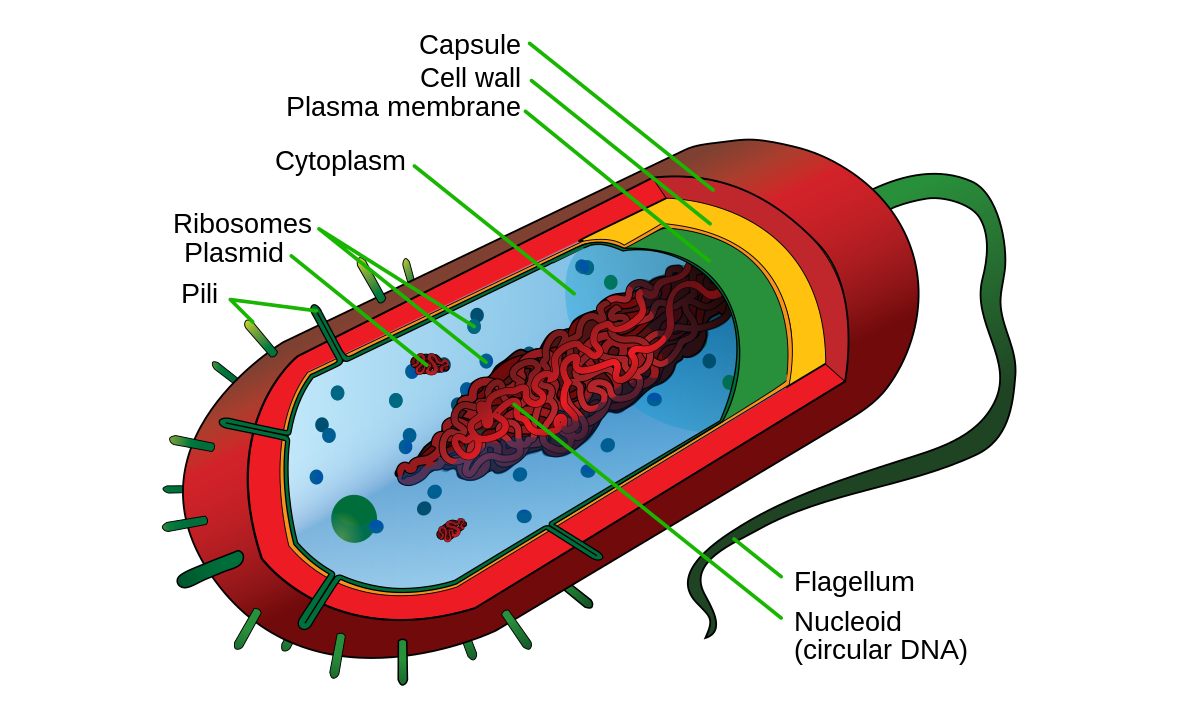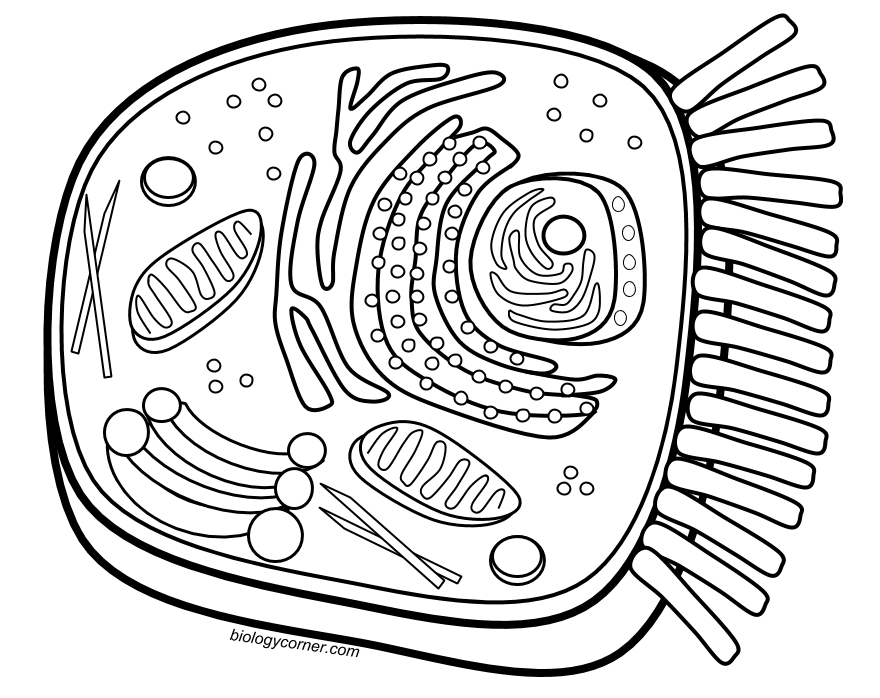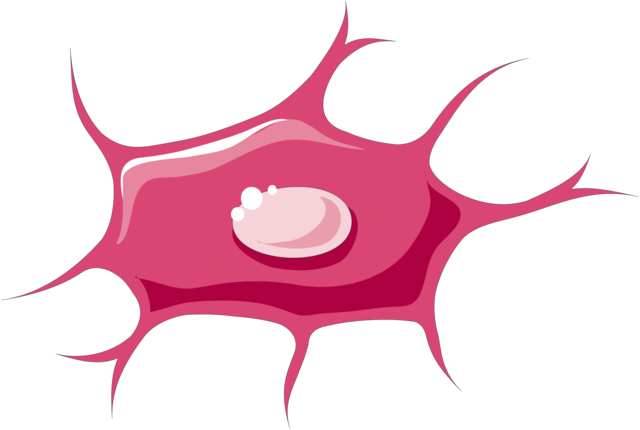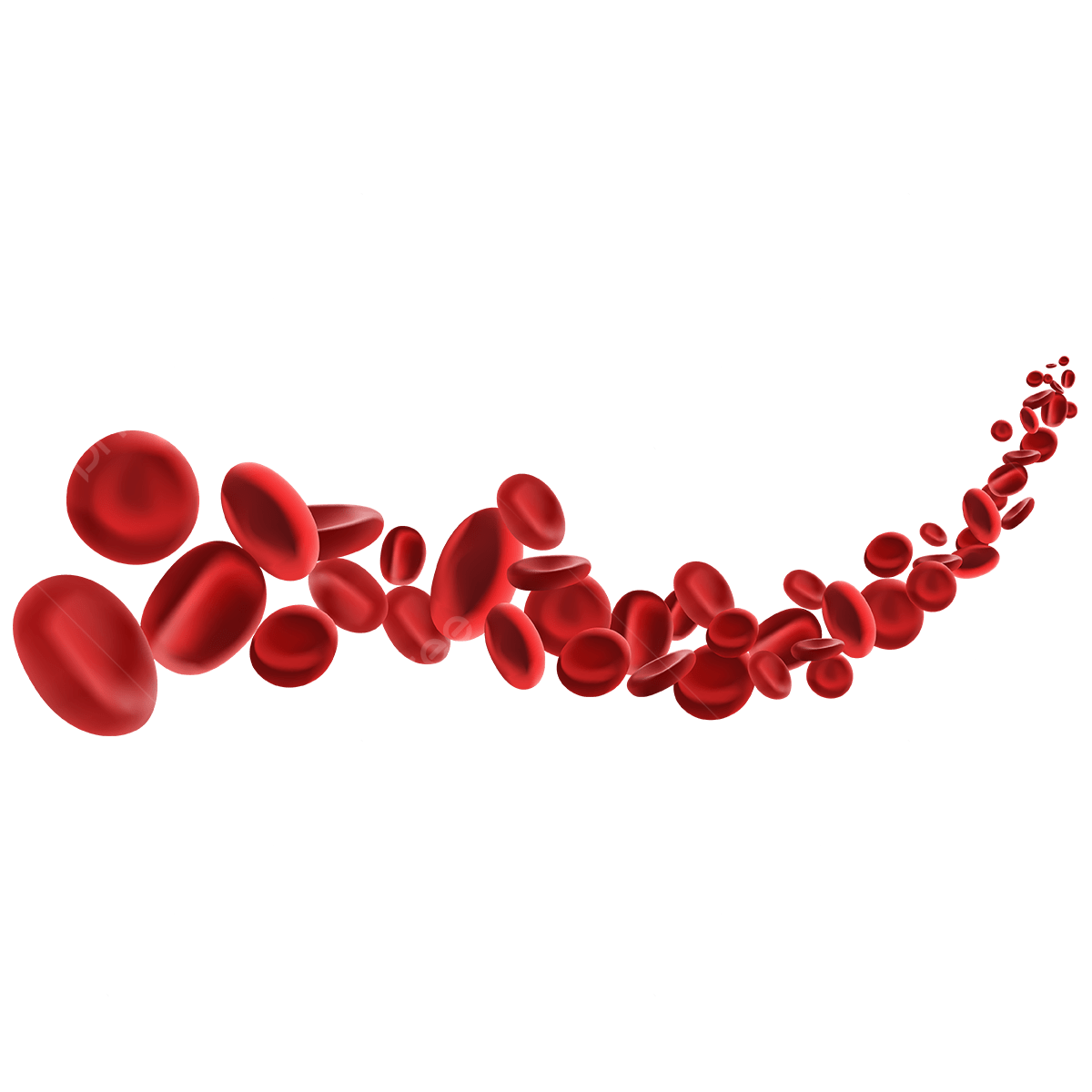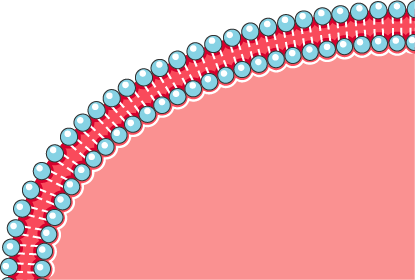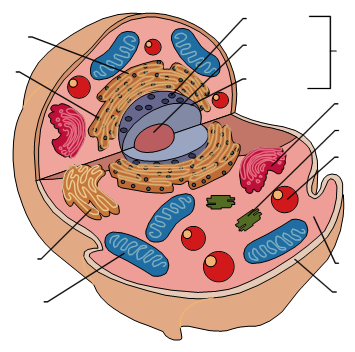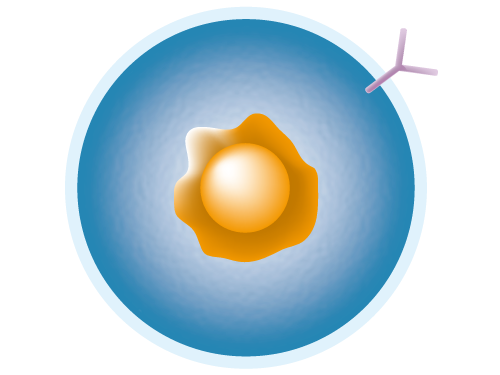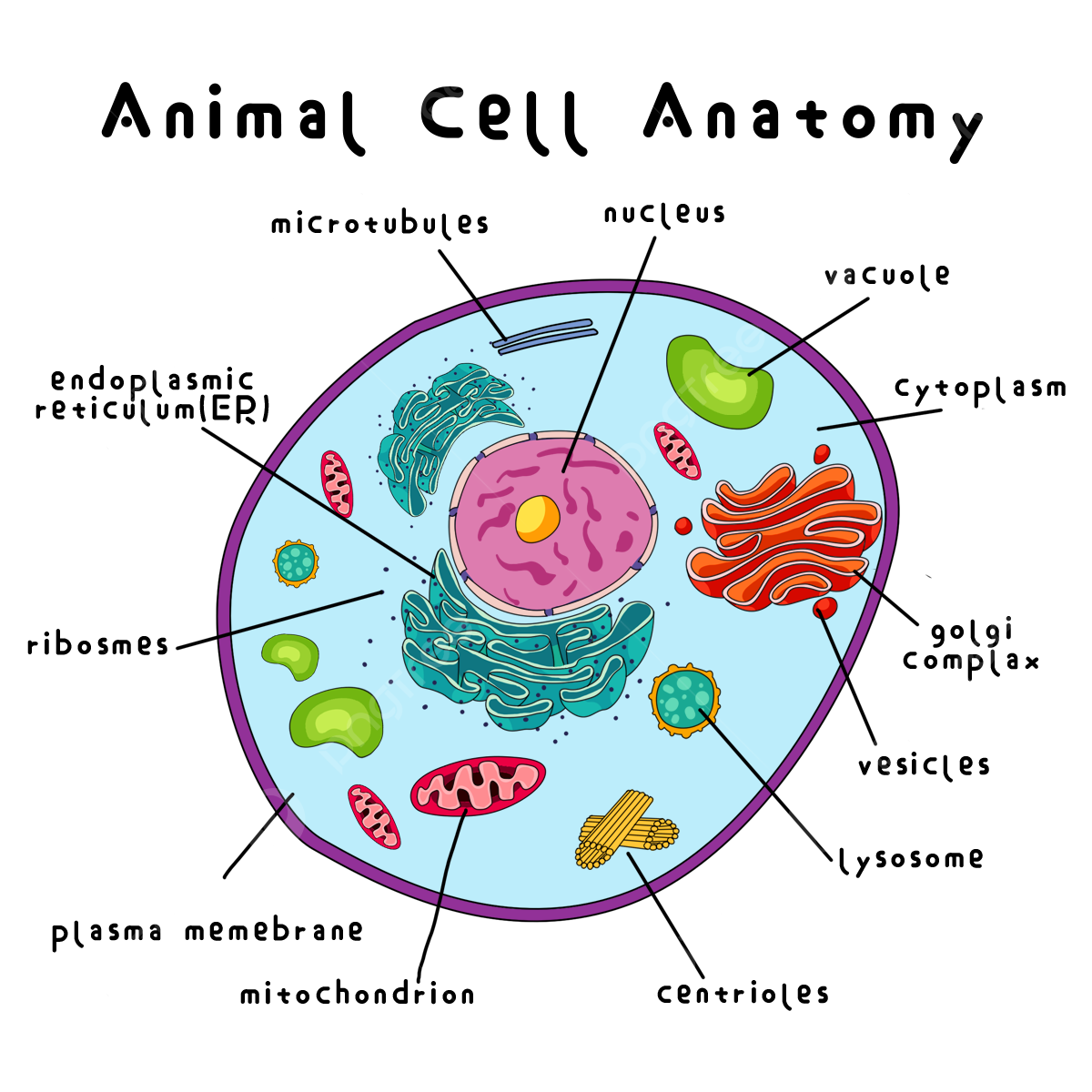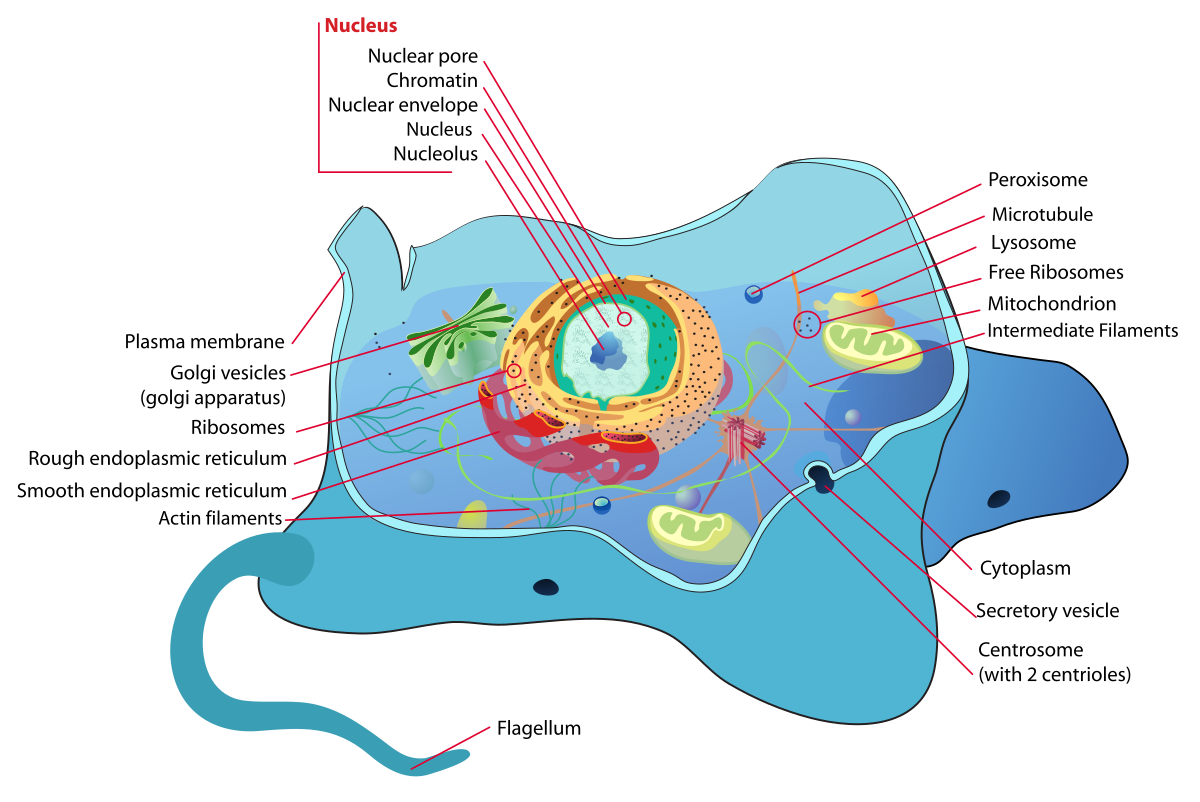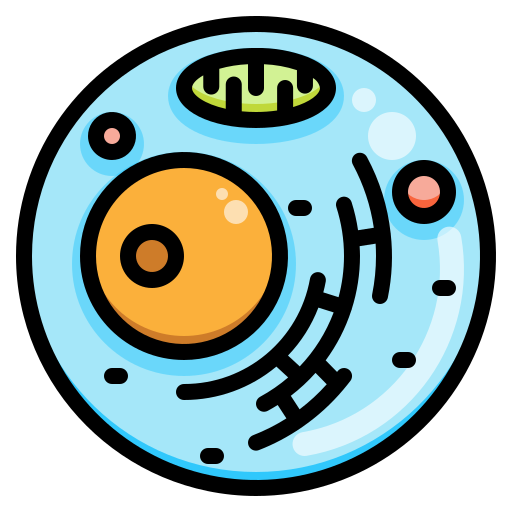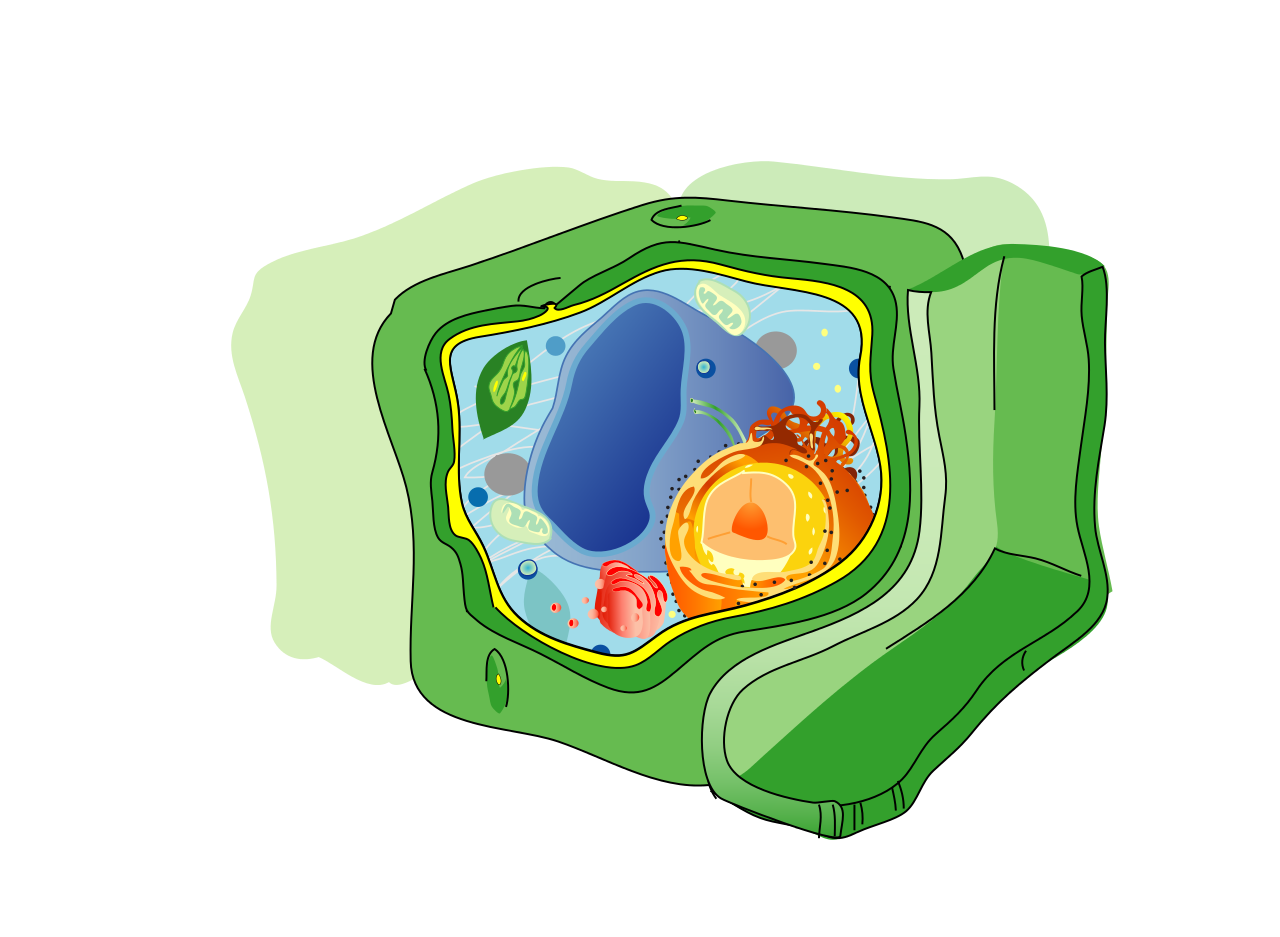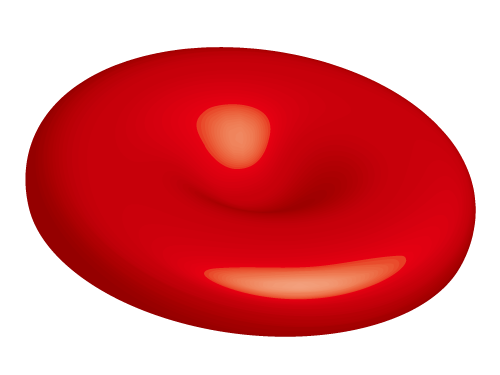Download top and best high-quality free Cell PNG Transparent Images backgrounds available in various sizes. To view the full PNG size resolution click on any of the below image thumbnail.
License Info: Creative Commons 4.0 BY-NC
A cell is the basic unit of life and the smallest functional and structural unit of an organism. It is the building block of all living things and the foundation of all living organisms.
There are two main types of cells: prokaryotic and eukaryotic. Prokaryotic cells are simple cells, without a nucleus or any other membrane-bound organelles, and are found in bacteria and archaea. Eukaryotic cells are more complex and contain a nucleus and other membrane-bound organelles such as mitochondria, chloroplasts, and the endoplasmic reticulum. Eukaryotic cells are found in plants, animals, fungi, and protists.
Parts of a Cell
Each cell contains various parts that each have a specific function. These parts include:
- Nucleus: The nucleus is the control center of the cell and contains DNA, the genetic material of the cell.
- Cytoplasm: The cytoplasm is a jelly-like substance that fills the cell and contains all of the cell’s organelles.
- Cell membrane: The cell membrane is a thin, flexible layer that surrounds the cell and controls what goes in and out of the cell.
- Mitochondria: Mitochondria are the powerhouses of the cell and produce energy in the form of ATP through cellular respiration.
- Golgi apparatus: The Golgi apparatus processes and packages proteins and lipids that are synthesized by the cell.
- Endoplasmic reticulum (ER): The ER is a network of membranes that is responsible for protein synthesis and transport.
- Ribosomes: Ribosomes are the site of protein synthesis.
- Lysosomes: Lysosomes contain digestive enzymes that break down waste material and other unwanted substances in the cell.
Functions of a Cell
The functions of a cell depend on its type and location in the organism. Some of the main functions of cells include:
- Metabolism: Cells are responsible for carrying out all of the chemical reactions that occur in the body, including the production of energy.
- Reproduction: Cells are involved in the process of reproduction, either by dividing to produce new cells or by fusing with other cells to create new organisms.
- Digestion: Cells are responsible for breaking down and absorbing nutrients from food.
- Transport: Cells transport molecules and other substances throughout the body, either through passive diffusion or active transport.
- Communication: Cells communicate with each other through a variety of mechanisms, including chemical signals and electrical impulses.
Cells are the foundation of all life, and they perform a wide range of vital functions in the body. Understanding the structure and function of cells is crucial for understanding how living organisms function as a whole.
Download Cell PNG images transparent gallery
- Cell PNG
Resolution: 415 × 337
Size: 159 KB
Image Format: .png
Download
- Cell Transparent
Resolution: 1342 × 1259
Size: 199 KB
Image Format: .png
Download
- Cell
Resolution: 600 × 600
Size: 112 KB
Image Format: .png
Download
- Cell Background PNG
Resolution: 1306 × 1225
Size: 1355 KB
Image Format: .png
Download
- Cell No Background
Resolution: 379 × 239
Size: 17 KB
Image Format: .png
Download
- Cell PNG Clipart
Resolution: 1200 × 848
Size: 404 KB
Image Format: .png
Download
- Cell PNG Cutout
Resolution: 1200 × 1200
Size: 220 KB
Image Format: .png
Download
- Cell PNG File
Resolution: 1200 × 720
Size: 255 KB
Image Format: .png
Download
- Cell PNG Free Image
Resolution: 880 × 698
Size: 116 KB
Image Format: .png
Download
- Cell PNG HD Image
Resolution: 640 × 430
Size: 61 KB
Image Format: .png
Download
- Cell PNG Image File
Resolution: 1200 × 1200
Size: 177 KB
Image Format: .png
Download
- Cell PNG Image HD
Resolution: 415 × 280
Size: 44 KB
Image Format: .png
Download
- Cell PNG Image
Resolution: 355 × 352
Size: 74 KB
Image Format: .png
Download
- Cell PNG Images HD
Resolution: 500 × 375
Size: 92 KB
Image Format: .png
Download
- Cell PNG Images
Resolution: 1200 × 1200
Size: 365 KB
Image Format: .png
Download
- Cell PNG Photo
Resolution: 1200 × 802
Size: 279 KB
Image Format: .png
Download
- Cell PNG Photos
Resolution: 512 × 512
Size: 65 KB
Image Format: .png
Download
- Cell PNG Pic
Resolution: 1280 × 937
Size: 213 KB
Image Format: .png
Download
- Cell PNG Picture
Resolution: 500 × 375
Size: 35 KB
Image Format: .png
Download
